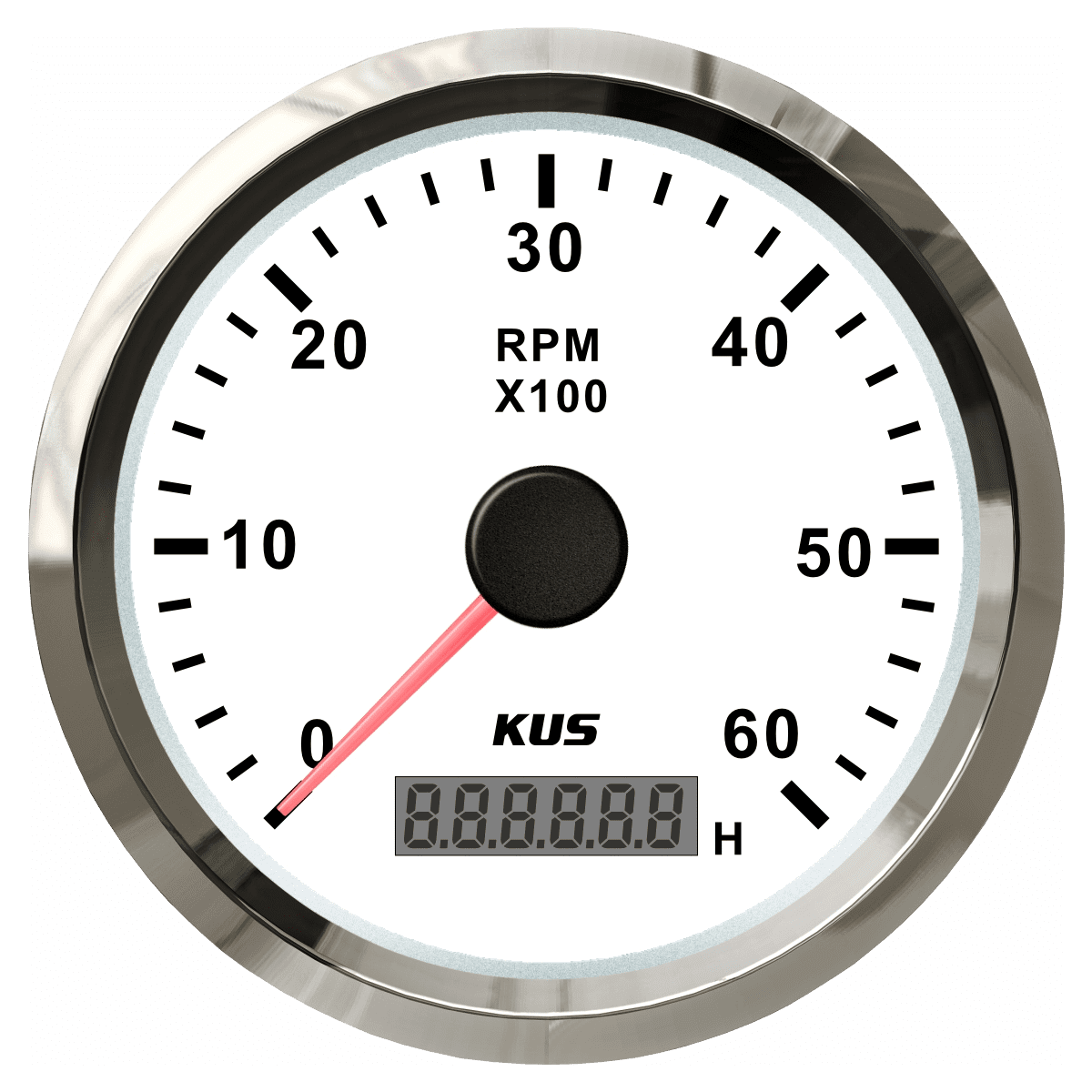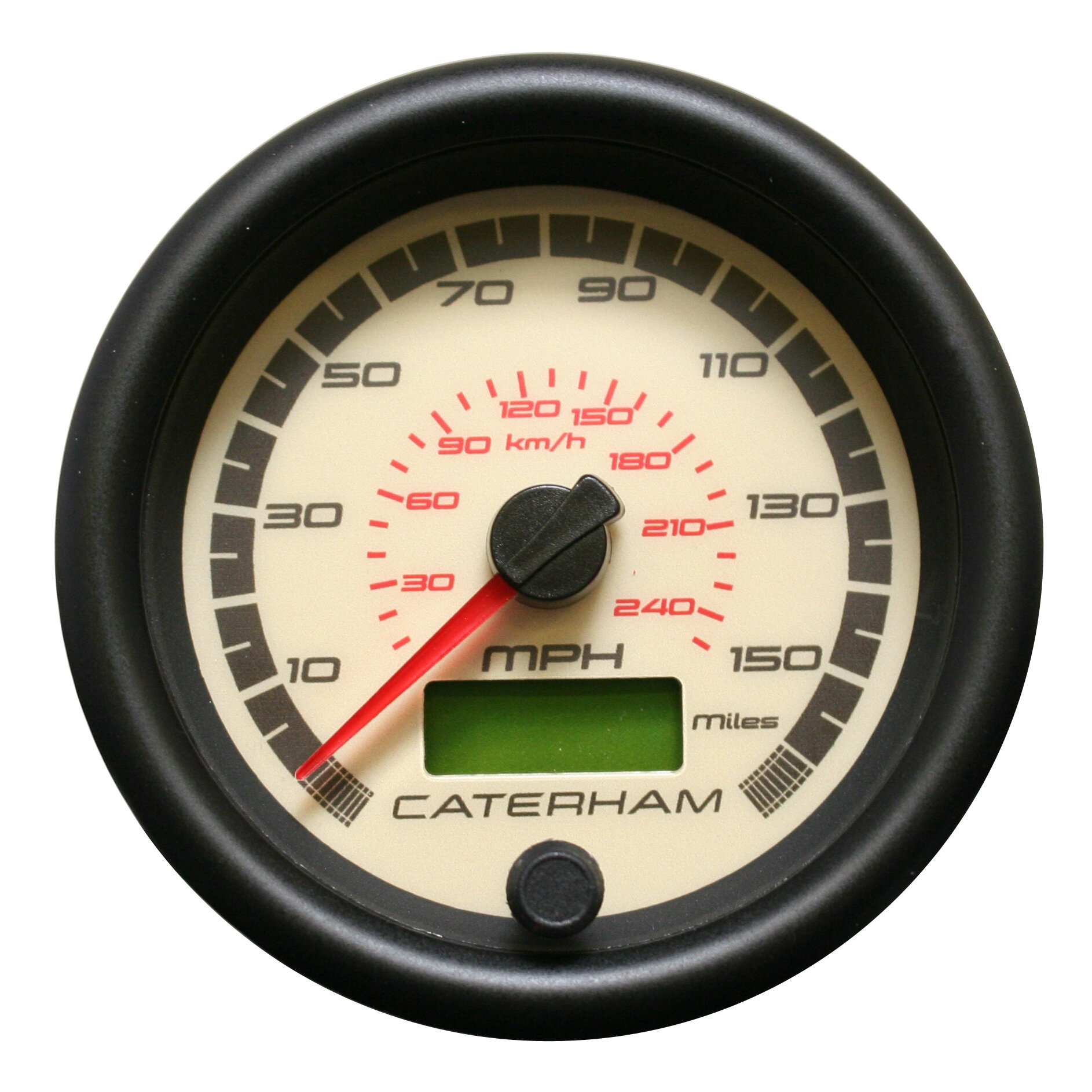Comprehensive Overview to Comprehending and Utilizing a Tachometer Successfully
Wiki Article
The Significance of a Tachometer in Keeping An Eye On Engine Speed and Efficiency in Automotive Applications
In the realm of vehicle engineering, the tachometer stands as an essential instrument in the vehicle driver's toolbox, providing a straight window right into the inner operations of a car's engine. Past its function as a plain gauge of changes per min (RPM), the tachometer works as a vital tool for lovers and professionals alike, using real-time insights into engine efficiency and wellness. Understanding the relevance of this tool goes beyond surface-level observations, diving right into the intricate connection in between engine rate, power result, and overall driving experience. As we explore the diverse duty of the tachometer in automotive applications, a deeper recognition for its influence on car dynamics and effectiveness starts to arise.Relevance of Keeping Track Of Engine RPM
Monitoring engine RPM, or revolutions per min, is an essential facet of auto upkeep and performance evaluation. Engine RPM straight associates with the speed at which the engine's crankshaft rotates, showing exactly how rapidly the engine is running.Furthermore, checking engine RPM is necessary for performance evaluation in racing and high-performance automobiles. Preserving ideal RPM levels is important for achieving peak power outcome and acceleration. Racers commonly use tachometers to ensure they are running within the optimal RPM array for maximum efficiency. In recap, keeping an eye on engine RPM is not only crucial for detecting problems yet also for enhancing engine efficiency in various automobile applications.

Benefits of Real-Time Data
In automobile applications, real-time data plays a critical duty in providing instant insights into the performance and condition of the vehicle. By continuously keeping track of various parameters such as engine speed, temperature, fuel consumption, and much more, real-time data uses many advantages that add to improved effectiveness and security on the roadway.
Furthermore, real-time information assists in performance optimization by supplying immediate responses on driving practices and engine efficiency. Motorists can change their behavior in real-time based on this details to accomplish far better gas economy and lengthen the life expectancy of their car.

Additionally, real-time information plays an essential role in modern-day automotive diagnostics, making it possible for specialists to swiftly diagnose and deal with breakdowns. This leads to minimized downtime, reduced maintenance expenses, and inevitably, improved general lorry reliability and durability (tachometer). By utilizing the power of real-time data, auto stakeholders can make informed decisions that favorably influence both the performance and durability of the lorry
Effect On Equipment Shifts
The tachometer plays a vital duty in maximizing equipment changes by supplying real-time engine rate information to the chauffeur. When coming close to the redline on the tachometer, it signals the motorist to upshift to protect against over-revving the engine and triggering prospective damages.In addition, the tachometer help in achieving smoother equipment shifts, specifically in check it out manual transmissions. By checking engine rate, chauffeurs can carry out equipment changes at the ideal RPM array, lowering jerking motions and minimizing wear on the transmission elements. This precision in gear changes not only enhances driving comfort however additionally adds to fuel efficiency.
Enhancing Fuel Effectiveness
Provided the vital function the tachometer plays in enhancing gear changes for efficiency and engine wellness, it straight adds to making best use of fuel efficiency in automotive applications. By providing real-time responses on engine rate, the tachometer helps drivers in keeping the most efficient RPM array for gas economy. When drivers constantly keep track of the tachometer and readjust their motoring habits accordingly, they can stay clear of unnecessary fuel intake triggered by over-revving or hauling the engine.In addition, the tachometer helps vehicle drivers recognize the most fuel-efficient gear to be in at any kind of given moment, preventing the engine from working tougher than necessary. This is especially crucial during velocity and travelling, where being in the ideal equipment can significantly affect gas efficiency. Furthermore, the tachometer can inform drivers to prospective mechanical concerns that can be negatively impacting gas economy, such as a sliding clutch or a blocked air filter. In verdict, the tachometer offers as a beneficial tool in enhancing fuel effectiveness by advertising optimum driving habits and identifying areas for enhancement in the automobile's efficiency.

Optimizing Engine Durability
The tachometer's duty in checking engine rate and efficiency contributes in making sure the longevity of automotive engines. By making use of the tachometer properly, motorists can enhance engine longevity through conscious RPM administration. Regularly revving an engine expensive can bring about extreme deterioration on critical parts, such as the pistons, shutoffs, and bearings. In time, this can result in lowered engine efficiency and prospective malfunctions. Monitoring the tachometer permits chauffeurs to stay within the advised RPM variety for their vehicle, protecting against unnecessary strain on the engine and expanding its life expectancy.
Verdict
In final thought, the tachometer site link plays an essential duty in keeping an eye on engine speed and efficiency in visit site automobile applications. By giving real-time data on RPM, it permits reliable gear changes, enhanced gas effectiveness, and made best use of engine durability. This tool is necessary for maintaining ideal engine performance and making certain the general capability of a car.Report this wiki page